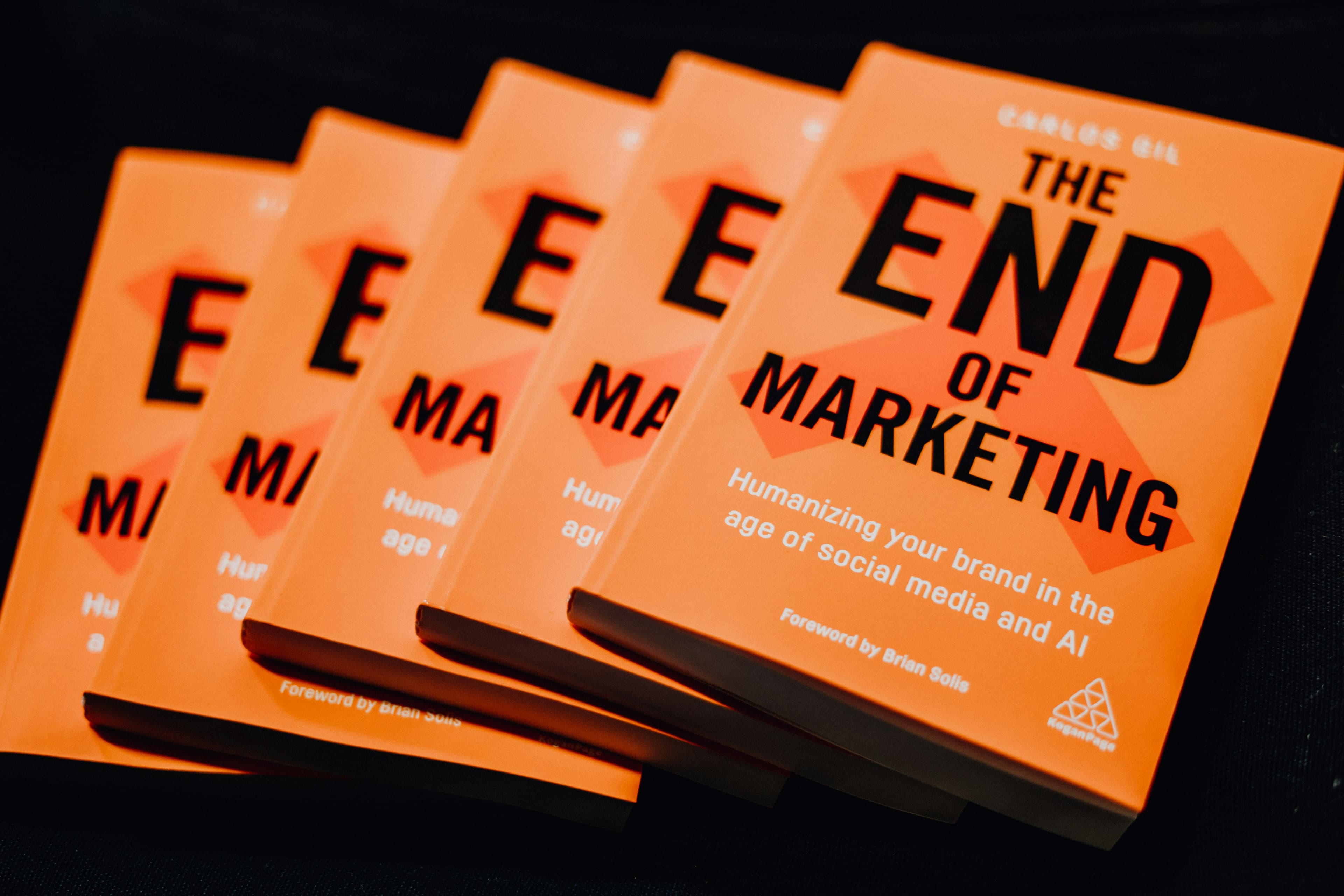Turning Your Side Hustle Contacts into Paying Clients

This is where the rubber meets the road. It’s that moment you have to switch from passively marketing your new venture to actively selling. For many people just starting a side hustle, the word “selling” can feel a little pushy or uncomfortable. It’s easy to find other things to do, like organizing your files or catching up on admin tasks.
But here’s the thing: without customers, there’s no admin to do. Selling is a necessary part of the game. The upside is you’re selling something you believe in—yourself and your skills. Let’s be real, we’re all “sold to” constantly, and we know what an obvious, hard sell feels like. It’s off-putting, like sounding desperate on a first date. Instead, think of it more like a courtship, which can be broken down into five key steps:
- Who is my ideal customer?
- Where can I find them?
- How can I get on their radar?
- How do I get a meeting and convince them to hire me?
- Once I land the work, how do I keep them as a client?
That last point is more important than you might think. Any salesperson will tell you it’s far easier to sell more to a happy client than to constantly find new ones. The good news is if you’ve been building your , you've likely already tackled the first three steps. Now, it's time to focus on getting that meeting and making it count.
Understanding Your Sales Funnel
In the world of sales, this whole process is called a “sales funnel.” You pour a lot of potential leads in the top, and a much smaller number of actual clients trickle out the bottom. The key is knowing where each potential customer is in that funnel. It makes sense to focus more energy on the ones who are close to signing a deal, but you can't neglect the top of the funnel either.
Keeping your sales funnel full is critical for anyone . Think about it like a job search. You send out dozens of applications and finally, you get an interview for a great job you really want. You get excited and stop applying elsewhere. If you get the job, great. But if you don’t, you’re back at square one with an empty pipeline.
Selling works the same way. To ensure you have a steady stream of work, you have to keep filling the funnel. Otherwise, once your current project ends, your income falls off a cliff.
How to Get in Front of Potential Clients
The first step is to organize your list of prospects, putting your top-priority targets at the front. Getting comfortable sorting and managing this list now will save you a massive headache later as it grows.
The easiest people to approach are the ones you already have a connection with—past clients, old colleagues, friends, or professional contacts who can make introductions. These warm leads are much more likely to respond. When you reach out to your contacts for introductions, be clear that you're not trying to sell to them directly, but are hoping they can connect you with someone in their network who could use your services.
Crafting Emails That Actually Get Opened
Email is a powerful tool for your . You can use it for one-to-many marketing, like a newsletter that drives people to your blog or website. But let's be honest, how many of those do you actually open? It's a numbers game that requires a large, engaged list.
For securing face-to-face meetings, a one-to-one personal email is your best bet. A mentor of mine, Mike Southon, has a great philosophy: “It’s fifteen seconds to win fifteen minutes.” Your email should be readable in 15 seconds, and all you should ask for is 15 minutes of their time.
Think of this email as your opening line. A winning structure is surprisingly simple:
- Start by identifying a problem you believe they have.
- Briefly explain why you are the best person to solve it.
- Mention a third party who can vouch for your work.
- Ask for a 15-minute meeting on a specific date and time.
A short, well-crafted email focused on solving their problem—not just pushing your services—is incredibly effective at opening doors. Just like any other sales activity, it’s a numbers game. A 15% success rate is a great goal; for every 100 emails you send, you could land fifteen meetings.
A Quick Word on Cold Calling and Online Groups
Cold calling, like mass emails, is a pure numbers game with a very low success rate. Most people are annoyed by unsolicited calls, so it's probably not the best use of your time if you're trying to build genuine, long-term relationships.
Participating in online groups and forums is a more modern approach. Before jumping in, take some time to just observe—a process known as “lurking.” Get a feel for the group’s etiquette and the common topics of discussion. Your goal is to add value, not just to sell. When you're ready, join conversations with helpful, positive comments. This positions you as a knowledgeable and supportive expert, which naturally attracts potential clients.
Preparing for Your First Big Meeting
Once you've secured a face-to-face meeting, the preparation begins. This is more than just a quick look at their website. Dig into their social media activity, find out who their clients are, look for recent news articles, and even review their financial accounts if they're public. This research helps you understand their world and tailor your pitch.
As you research, keep an eye out for red flags. Do their company values align with yours? If not, it's better to know now. You also need to rehearse your pitch. You only have a short amount of time, so make every second count. And on a practical note, figure out the logistics ahead of time—where the office is, how you'll get there, and where to park. Don't be late.
Looking the Part and The Power of Listening
Your appearance and body language matter. A colleague of mine once interviewed for a senior role at a major retailer. Instead of wearing a corporate suit, he dressed in clothes from their store. He got the job, and they later told him it was partly because he already looked like he fit in. Adapt your dress code to the client you're meeting.
Once you’re in the meeting, your most powerful tool is listening. You can sell more by listening than you can by talking. The client has a problem they think you can solve, so let them tell you about it. Resist the urge to interrupt. Just listen. When they're done, you can use clarifying statements like, “So, what I’m hearing is…” This shows you were paying attention and helps you frame the conversation.
Try to remove the word “but” from your vocabulary. “But” shuts down a conversation. “And” connects you and keeps the discussion moving forward. By truly listening, you can understand the client's challenges from their perspective and start building real empathy.
How to Spot Buying Signals
One of the most important skills in any is recognizing when a customer is ready to buy. Sometimes it’s subtle. For example, imagine you sell custom pens and you land a meeting with a huge retailer. They tell you:
“I like your pens. I think they will sit well in our product portfolio. I think our customers will buy them. But I just don’t have time to deal with this at the moment.”
Most people hear that last sentence and think the meeting was a failure. But the first three statements were all positive buying signals. They want the pens. The “but” isn’t a “no”—it’s an obstacle. Your job isn't to give up; it's to figure out how to solve their time problem. If you can do that, the sale is right there on the table.
Nailing the Proposal and Closing the Deal
After a successful first meeting, follow up immediately with a thank-you email and let them know when they can expect a formal proposal. Keep your first proposal for a new client modest. It’s tempting to try and sell them a massive project, but it’s smarter to start with a smaller piece of work you know they can easily approve. Gain their trust first, then upsell later.
Your proposal should be a written outline of the work, including scope, deliverables, timeline, and cost. For larger projects, frame your deliverables using SMART (Specific, Measurable, Agreed, Realistic, and Timebound) targets. This creates a clear framework that prevents misunderstandings down the road.
When it comes to pricing, always include a 10-15% margin for negotiation. A great strategy for new clients is to show your full market rate and then include a “new client introductory discount.” This does two things: it makes the client feel like they’re getting a great deal, and it sets the expectation for your real value on future projects.
Finally, always include a validity period on your quote, like “Prices valid for 30 days.” This creates a natural reason to follow up if you haven’t heard back. Before you hit send, proofread every single word and number. A polished, error-free proposal shows you’re a professional they can trust to get the job done right.







